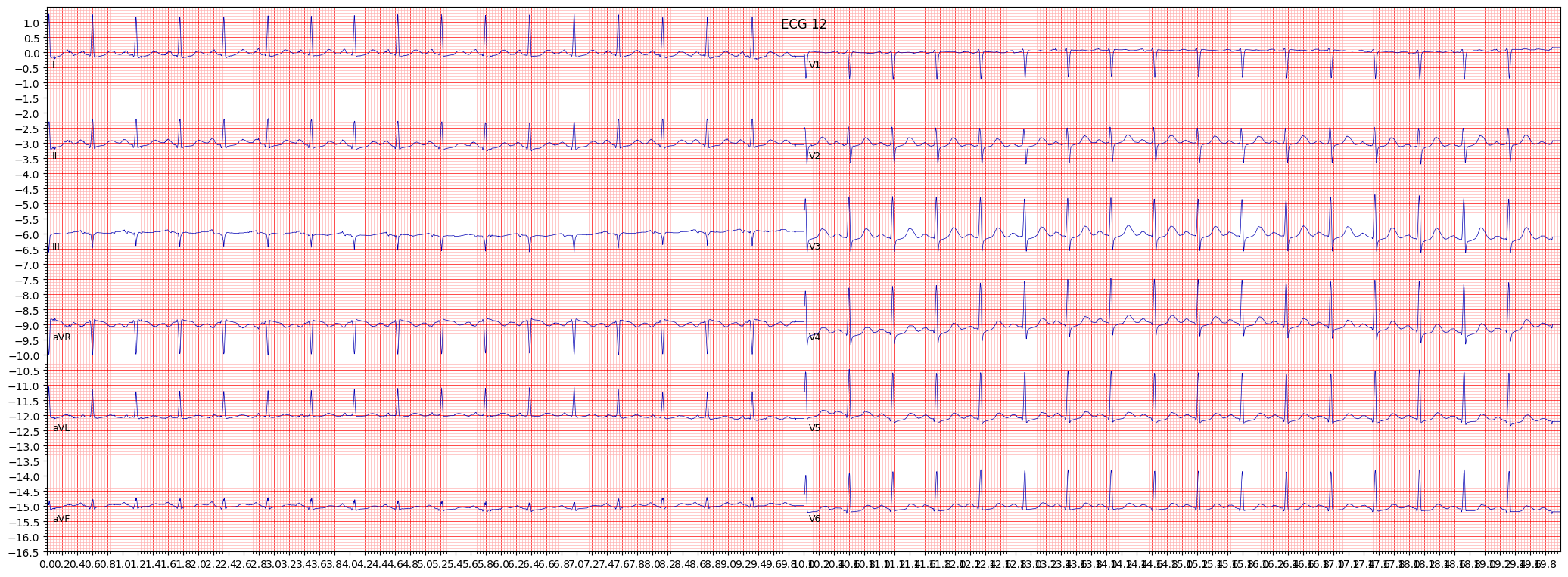long QT-interval (LNGQT)
Long QT interval (LNGQT) on an ECG refers to a prolonged duration of the QT interval, which is the segment of the ECG waveform that represents the time between ventricular depolarization and repolarization. This can be a result of inherited genetic mutations, certain medications, electrolyte imbalances, and other underlying medical conditions.
Common symptoms of LNGQT include palpitations, syncope, seizures, and sudden cardiac death. However, some individuals may not experience any symptoms.
When reviewing an ECG for LNGQT, it is important to measure the duration of the QT interval and calculate the corrected QT (QTc) interval to account for variations in heart rate. Other things to pay attention to include the morphology of the T wave, the presence of ST segment abnormalities, and the heart rate.
- Measure the duration of the QT interval
- Calculate the corrected QT (QTc) interval to account for variations in heart rate
- Observe the morphology of the T wave
- Check for the presence of ST segment abnormalities
- Examine the heart rate
If LNGQT is suspected on an ECG, further evaluation may be necessary to confirm the diagnosis and determine the underlying cause. This may include genetic testing, electrolyte testing, and imaging studies of the heart. Treatment may include medications to manage the underlying condition or reduce the risk of complications such as sudden cardiac death.
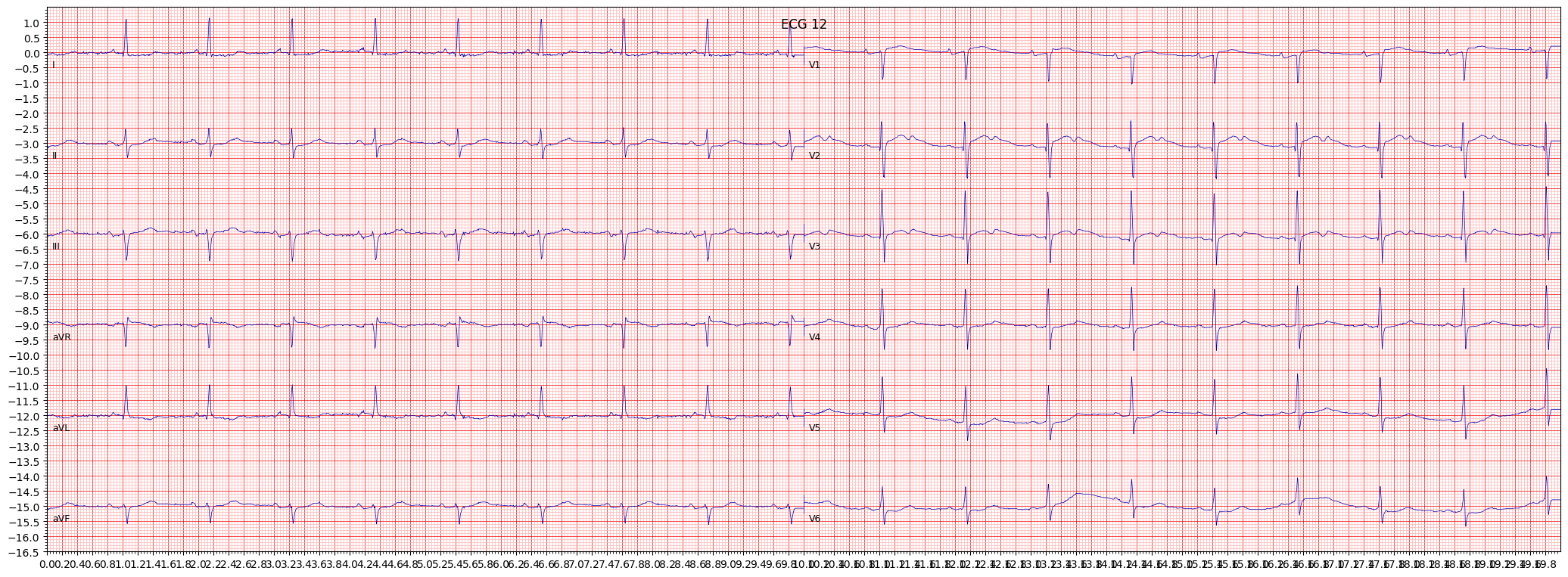 example 2:
example 2:
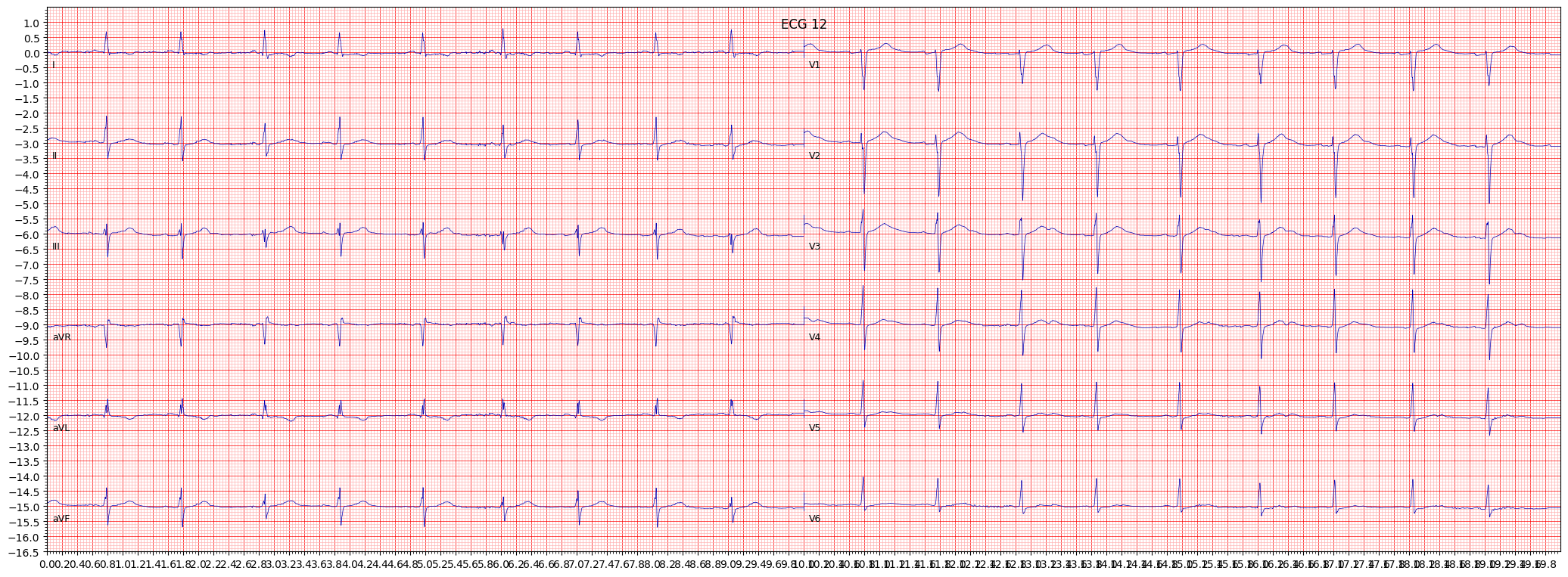 example 3:
example 3:
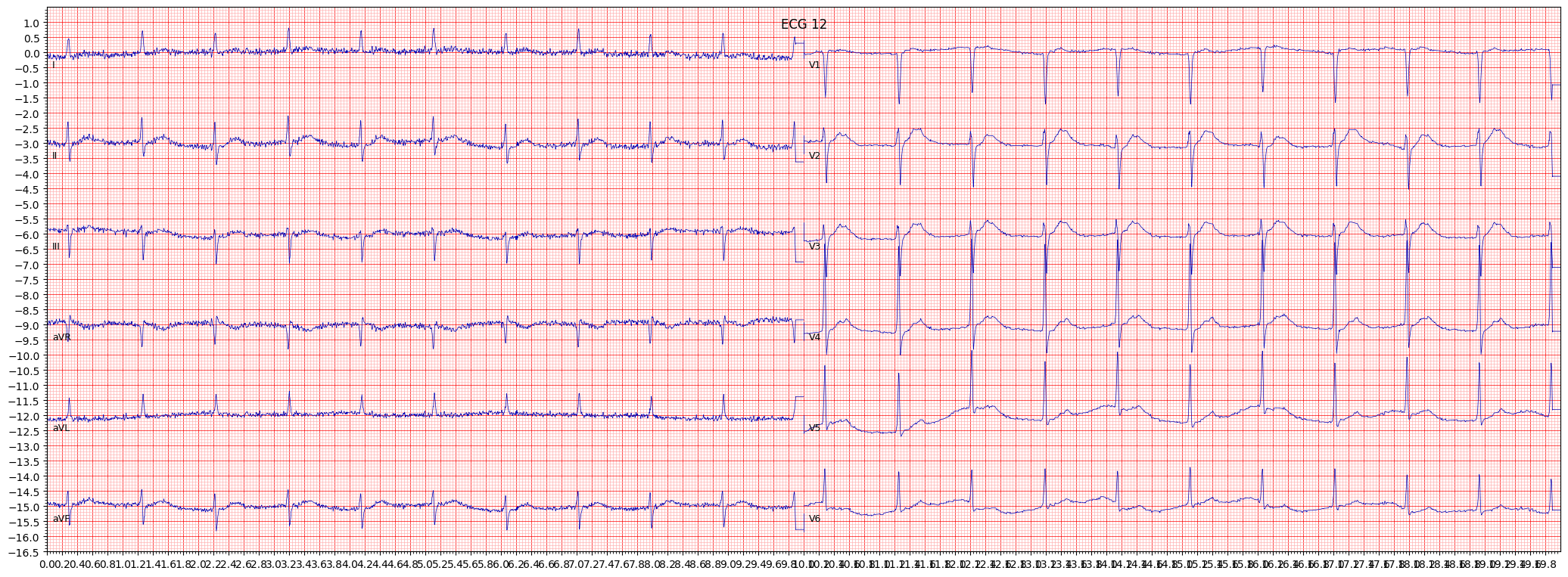 example 4:
example 4:
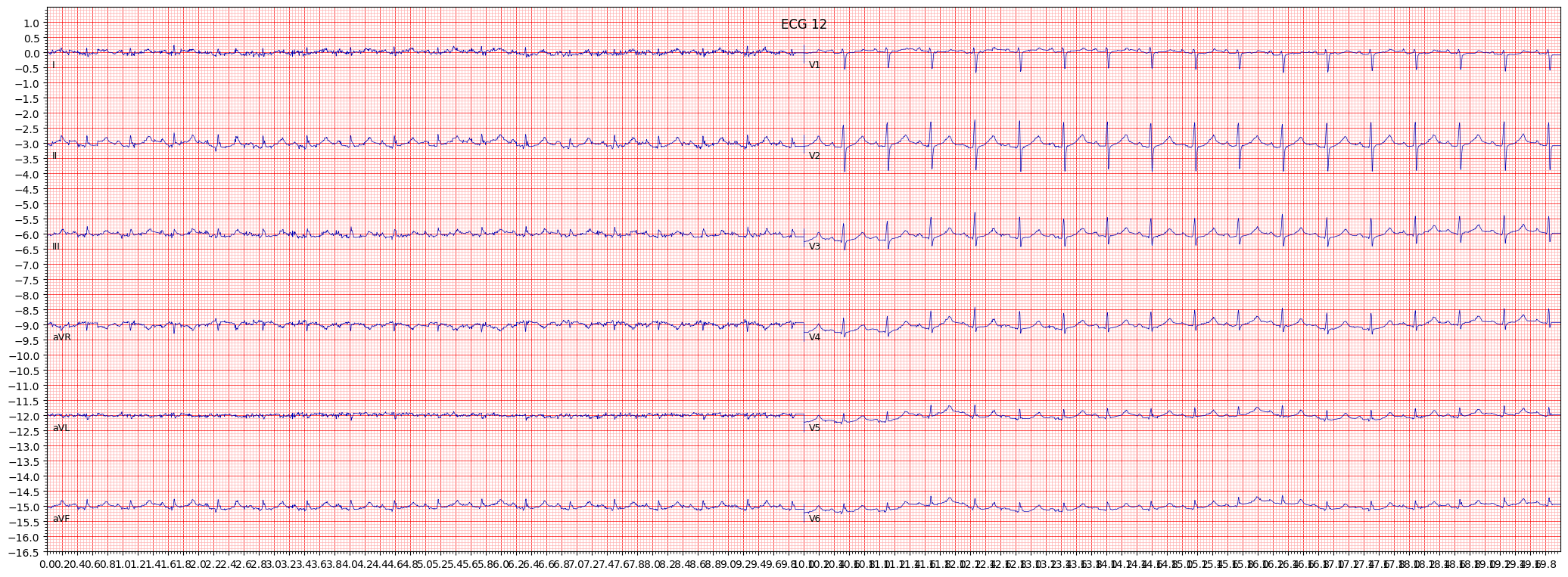 example 5:
example 5:
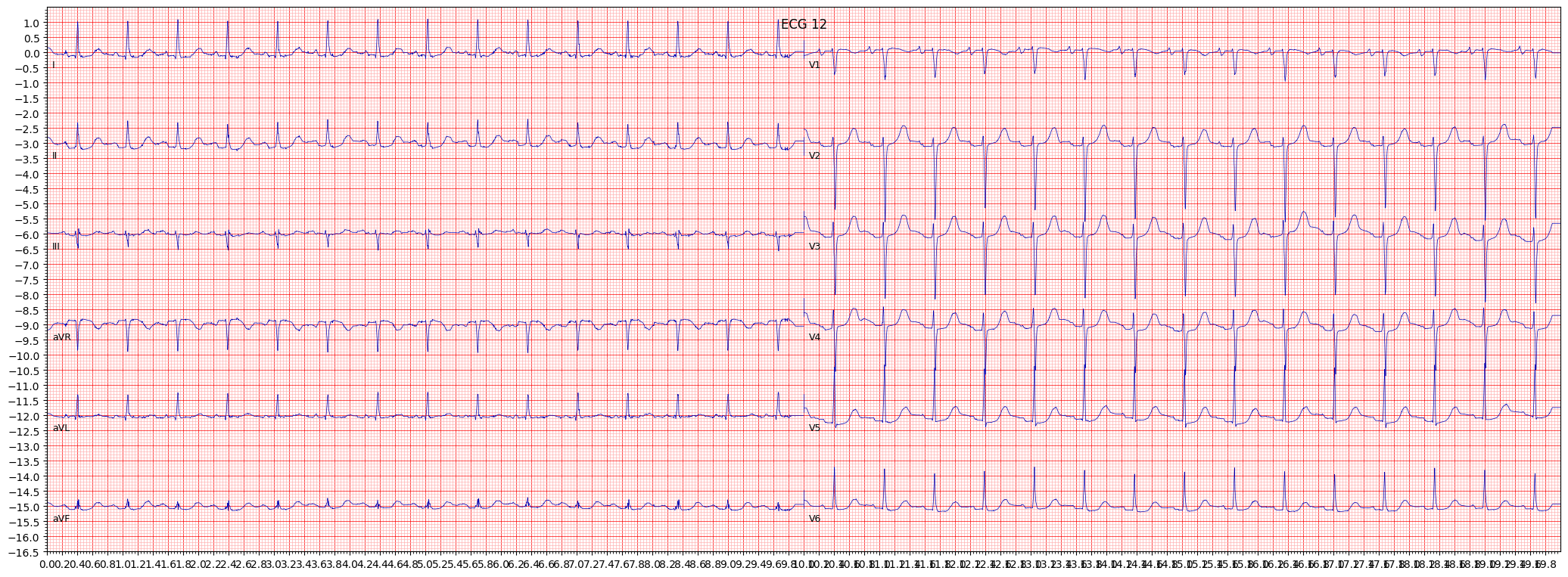 example 6:
example 6:
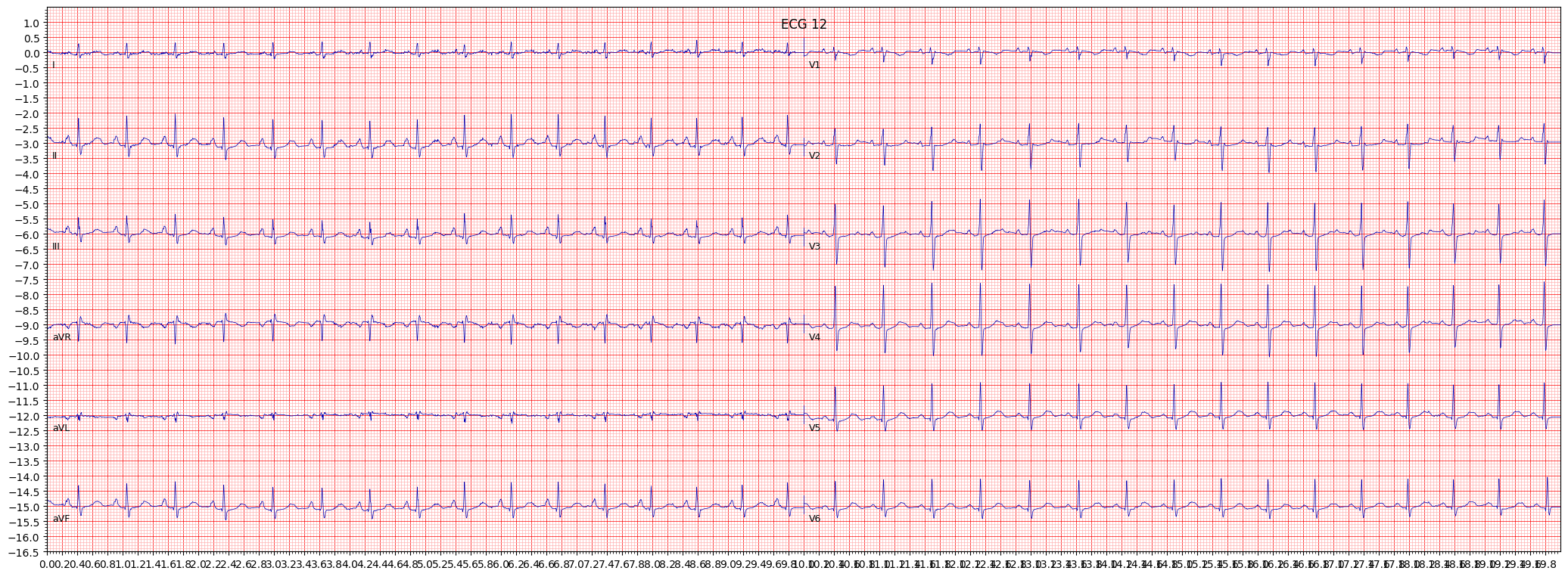 example 7:
example 7:
